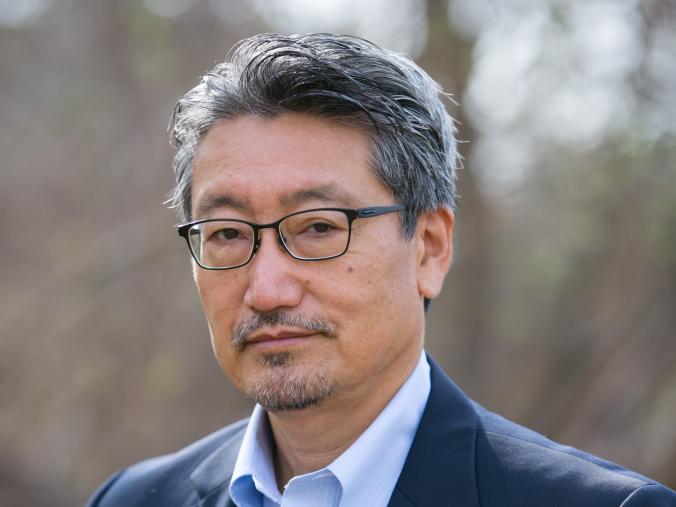School of Dentistry-Led Team Takes Novel Approach to Treating Jaw Osteonecrosis

A team of scientists led by the UCLA School of Dentistry’s Ichiro Nishimura, D.D.S., D.M.Sc., D.M.D., has discovered a promising treatment to prevent or alleviate bisphosphonate-related osteonecrosis of the jaw (BRONJ) through a newly formulated topical medication.
The findings published in an open-access research article in eLife demonstrated how BRONJ – visible as a morbid jawbone lesion – was rapidly closed and chronic gingival inflammation resolved in mice. Based on these promising results, in conjunction with UCLA’s Clinical and Translational Science Institute (CTSI) Nishimura has submitted an application to the FDA requesting information for human trials.
BRONJ is a rare but severe side effect seen in those who have been prescribed bisphosphonates to slow bone loss, either for bone cancer or more frequently, osteoporosis; those suffering from the latter is condition won a well-publicized 2008 class-action lawsuit against drug maker Merck. In turn, bisphosphonate prescriptions have declined over the past 15 years due to apprehension among patients and healthcare providers, correlating with a rise in bone fractures.
“BRONJ was a previously-unknown disease with persistent and painful jawbone necrosis without any available treatments; the only commonality among these patients was a history of anti-resorptive drug treatment such as bisphosphonates,” said Nishimura. “In 2006, our team at UCLA’s Weintraub Center for Reconstructive Biotechnology hosted a retreat with scientists and clinicians determined to solve this mysterious disease.”
Since that retreat, Nishimura has worked with colleagues including Dr. Eric Sung, vice chair of the School’s Division of Regenerative and Reconstructive Sciences, Dr. Charles McKenna, a USC professor of chemistry with international authority on bisphosphonates, and UCLA Neurology’s Dr. Varghese John with whom he co-invented a topical formulation capable of delivering drugs to the jawbone through the gingival layer.
In the team’s NIH-funded study – which ran from an initial UCLA CTSI seed grant in 2008 to subsequent multiple NIH grants until 2021 – BRONJ lesions were established in mice after extracting teeth and delaying healing, leaving the jawbone exposed. The breakthrough came when the team discovered that disease-causing bisphosphonate did not establish a permanent bonding to bone and could be removed under certain conditions.
The team explored multiple pathways to achieve this goal. Finally, the topical formulation of an inert off-the-shelf drug, hydroxymethylene diphosphonate (HMDP), was developed and applied to the lesion as well as adjacent tissue in anesthetized mice for one hour.
Researchers observed the jawbone exposure close as early as three days after treatment, while the tooth extraction wound continued to heal; this equates to a nine-to-18-day period in humans. Mice were monitored for four weeks after the procedure, with none showing a reoccurrence of BRONJ.
“From a long series of bench-top research and animal testing, we knew that our treatment should remove the cause of BRONJ. But we did not know how rapidly the BRONJ symptoms would disappear,” Nishimura said.
“To ensure the effectiveness of the treatment, the team applied a cutting-edge technology, single-cell RNA sequencing. All gingival cells were individually packed in nanobeads and analyzed for the unique gene expression of each cell. It was clear that the HMDP treatment reversed the destructive chronic inflammation of BRONJ and simulated wound healing and tissue regeneration.”
The rapid response with minimal post-procedure complications gives Nishimura hope that BRONJ will one day be routinely managed and, in turn, reduce hesitancy towards taking bisphosphonates, which are otherwise a highly-effective treatment for skeletal complications.
Additional UCLA School of Dentistry contributors to “Mechanism of bisphosphonate-related osteonecrosis of the jaw (BRONJ) revealed by targeted removal of legacy bisphosphonate from jawbone using competing inert hydroxymethylene diphosphonate” were Dr. Hiroko Okawa, Dr. Takeru Kondo, Dr. Akishige Hokugo, Dr. Samantha Chiang, Dr. Yi-Ling Lin, and Dr. Shuting Sun.
